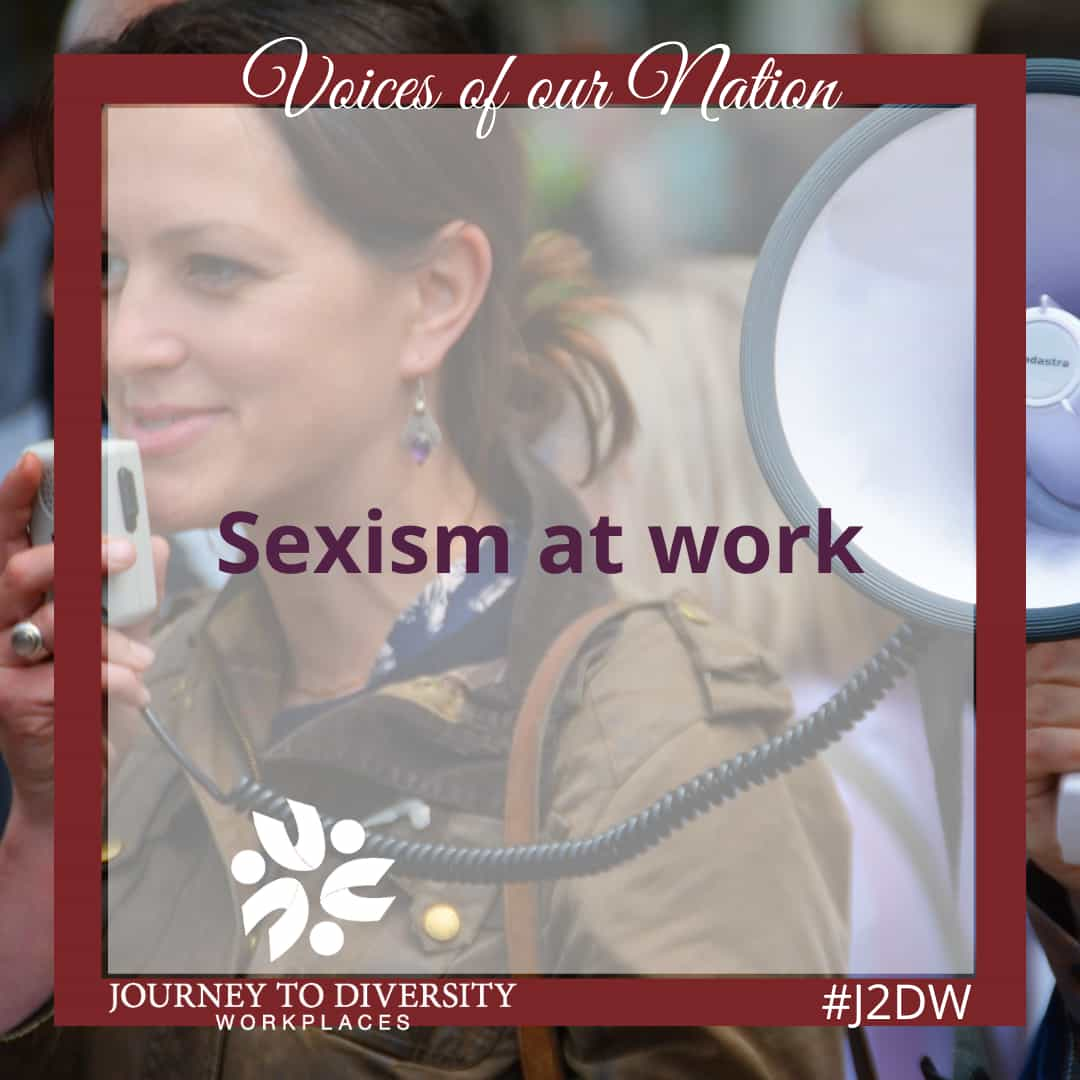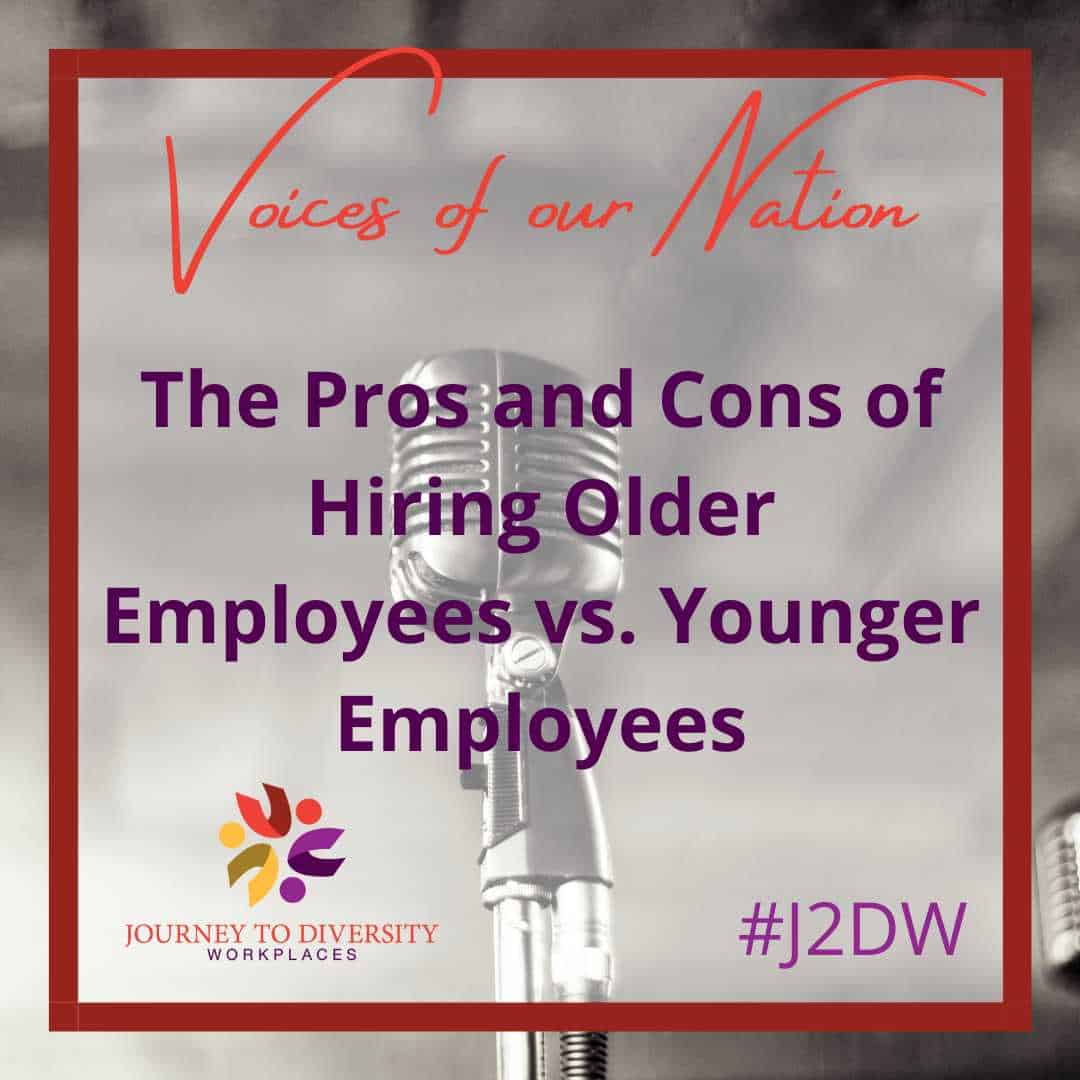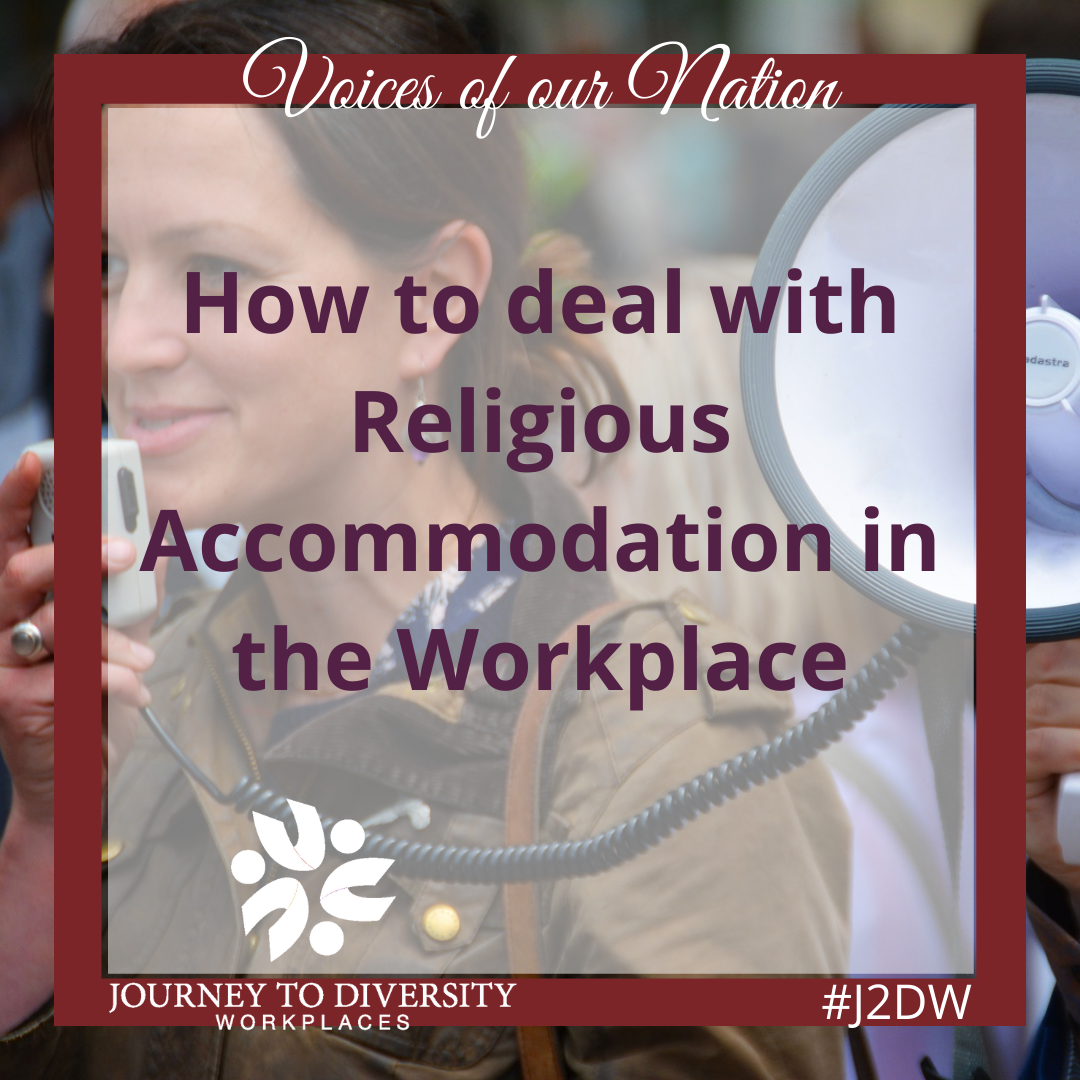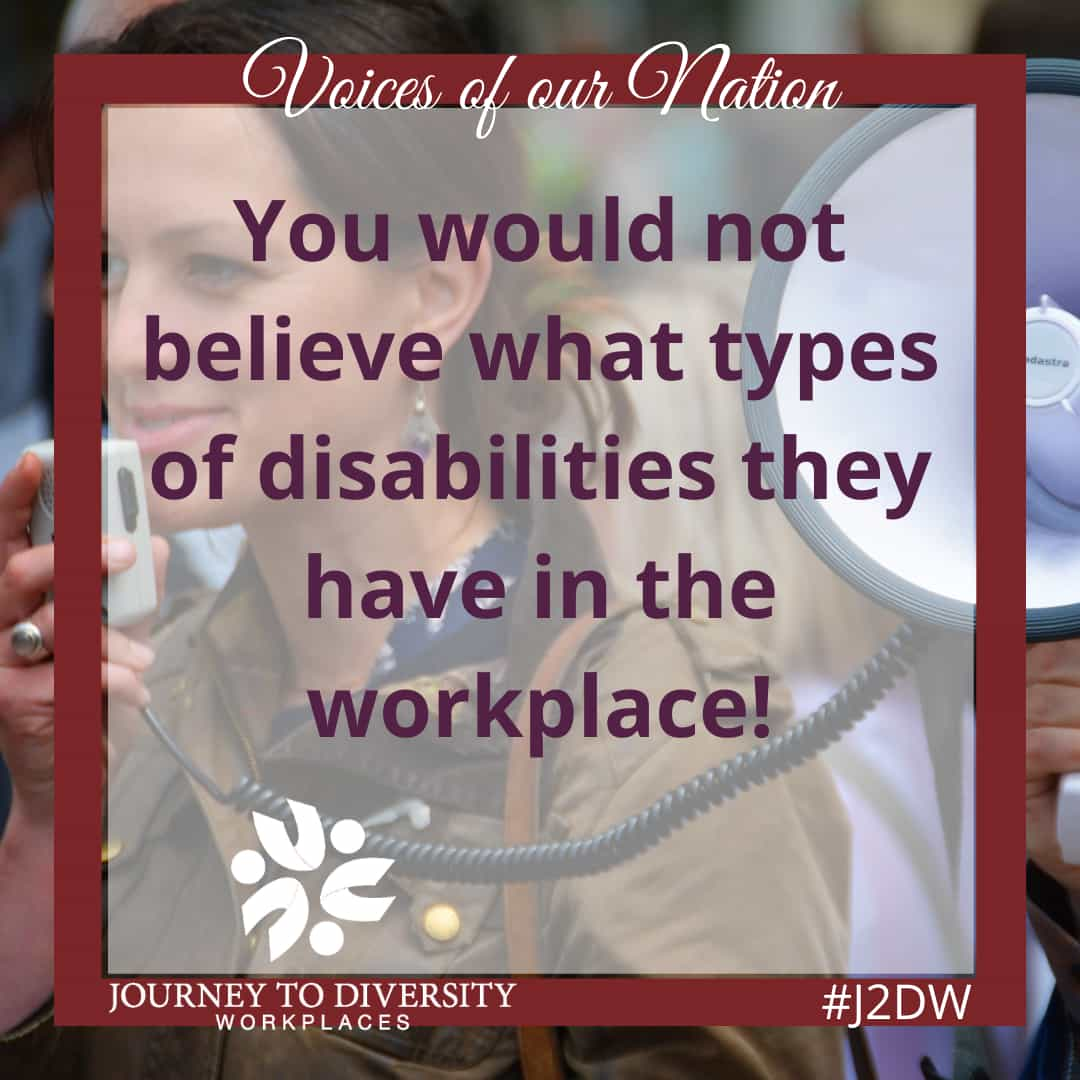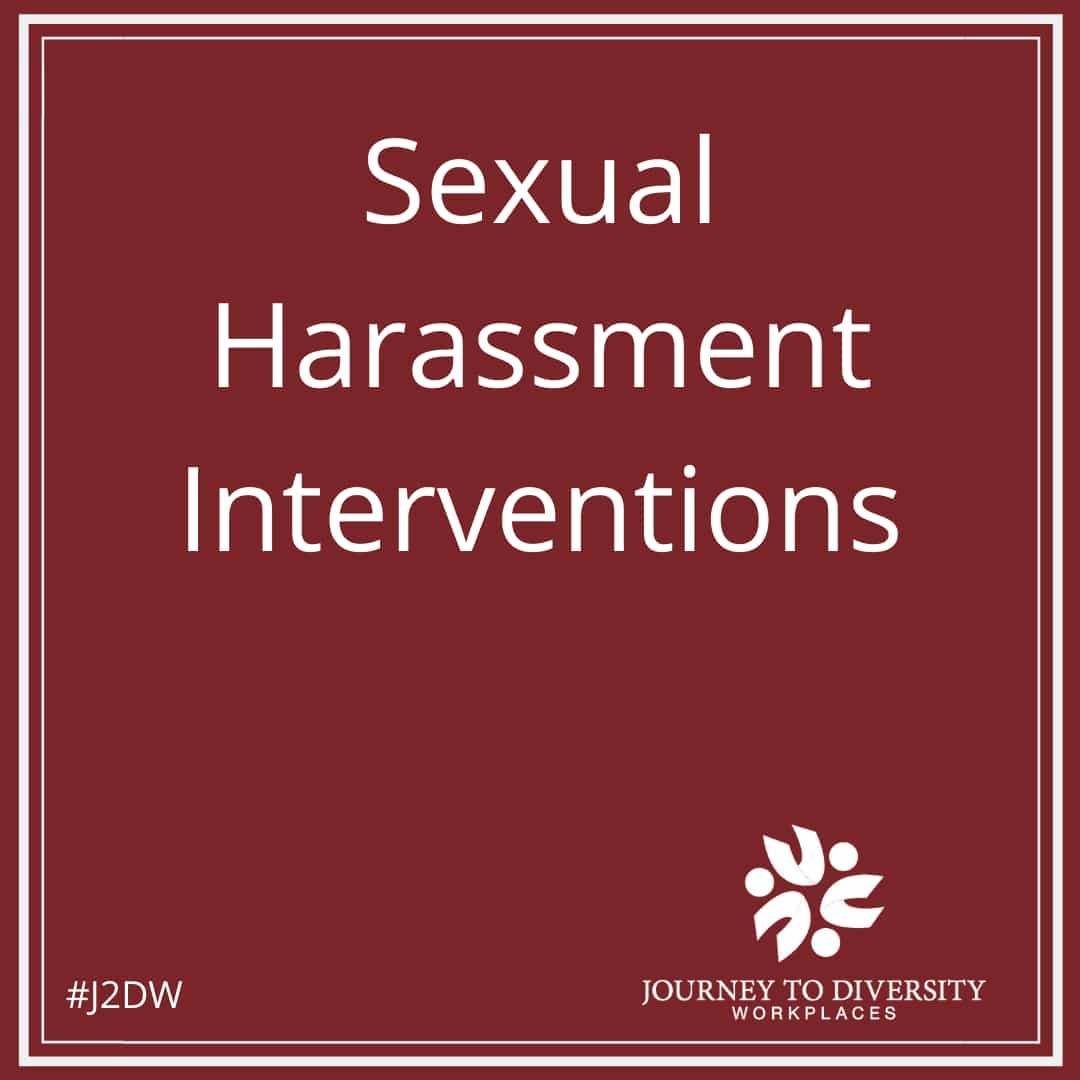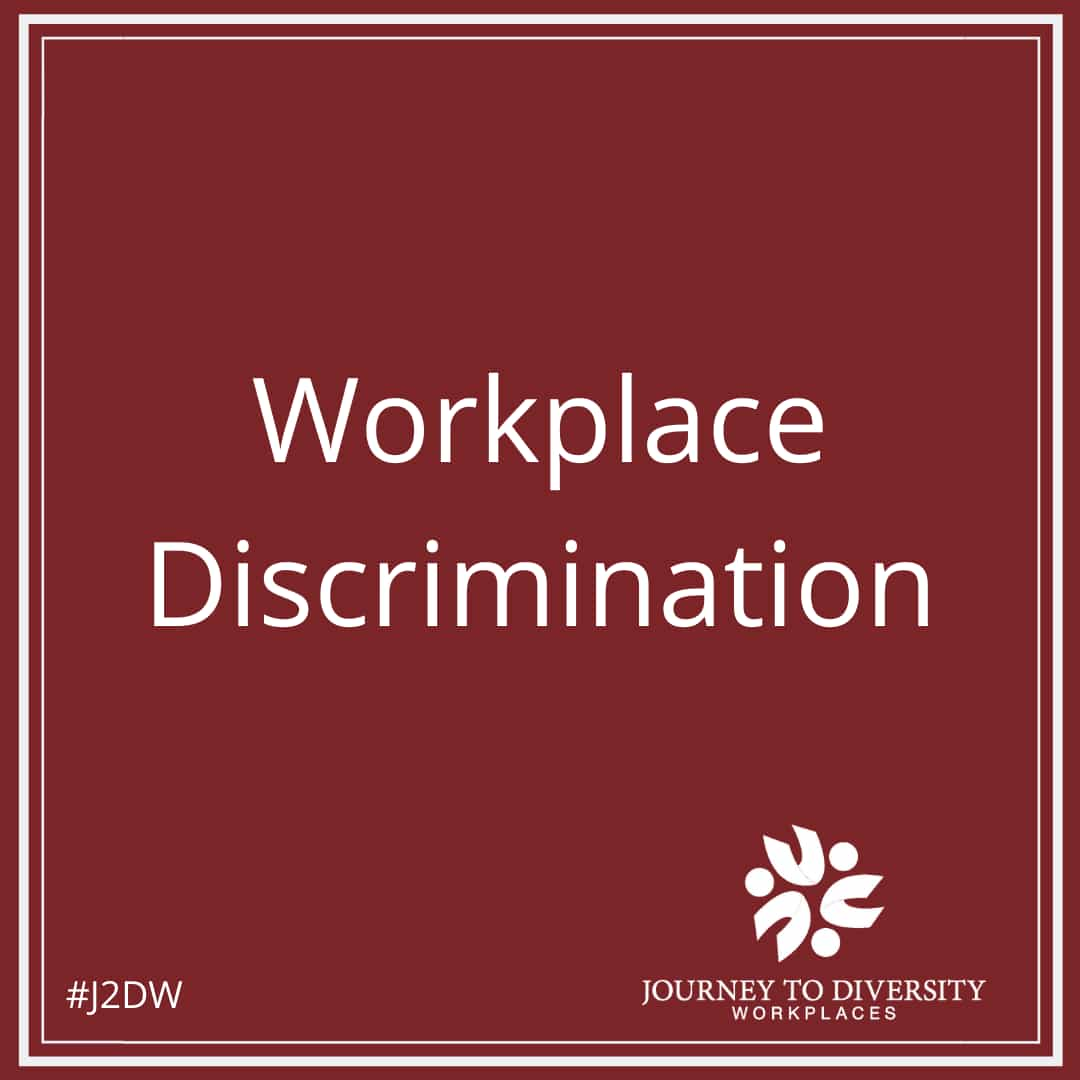Sexual harassment affects people of all ages and races and of both sexes. Although it has been outlawed under Title VII of the Civil Rights Act of 1964 and prohibited under Title IX of the Education Amendments of 1972, many companies and schools have yet to develop adequate policies and procedures for addressing sexual harassment. Evidence of this is apparent in the increased number of grievances filed with the U.S. Equal Employment Opportunity Commission (EEOC): from 10,532 filings in 1993 to 15,889 in 1997 (Ganzel 1998). The Supreme Court rulings in Faragher v. City of Boca Raton and Burlington Industries v. Ellerth are an attempt to halt these incidents by requiring harassed employees to work within their companies to resolve grievances before turning to the EEOC. They place responsibility on the employer to set guidelines for preventing sexual harassment and on the employee to follow them (Barrier 1998).
This Digest examines the implications of federal laws covering sexual harassment, the characteristics of company policies and grievance procedures to prevent and report sexual harassment, and program strategies for preventing sexual harassment in schools and workplaces.
What Institutions Can Do
The Supreme Court’s recent rulings are motivating employers to take actions that reflect their compliance with federal laws as protection against sexual harassment litigation. Emerging from the literature on sexual harassment prevention are three key steps that employers can take to counter sexual harassment (Kimble-Ellis 1998; “Protecting Employees” 1998):
1. Develop a strong company policy that specifies in writing outlawed behaviors and penalties for their demonstration
2. Establish grievance procedures for reporting, processing, and resolving complaints
3. Provide sexual harassment training for supervisors, managers, and workers that explains what sexual harassment means and how it can be recognized, confronted, and averted.
Strong Company Policy
Although a number of large companies have already established policies governing sexual harassment, effective compliance with the Supreme Court’s rulings on sexual harassment requires that all companies, as well as schools that receive federal funds, establish sexual harassment policies that they put in writing, disseminate, and enforce (Barrier 1998). A company policy addressing sexual harassment must clearly specify (1) the behaviors that constitute harassment and the company’s intolerance of such behaviors; (2) channels employees must follow to report sexual harassment complaints to their supervisors or designated company representative; (3) strategies the company will follow in investigating and resolving a complaint, including confidentiality practices; (4) warnings that violation of the policy will result in punishments that could include dismissal; and (5) assurance that retaliation will not be allowed (Ganzel 1998).
Good policy statements reflect collaboration among executives, supervisors, and employees and among administrators, teachers, and students. They respond to the organizational climate, which includes family and community as well as school influences. Because “sexual harassment is a manifestation of deeply held beliefs, attitudes, feelings, and cultural norms . . , it is predicated on sociocultural views and sex-role stereotypes” (Brandenburg 1997, p. 39). It reflects the abuse of power, a gender-power differential, and sometimes power-related retaliation. Some authors add sexual orientation power struggles to that list (ibid.).
In an address to educators at a conference organized by the Safe School Coalition, Marjorie Fink, a national sexual harassment prevention trainer, identified climate as a major component to guide prevention efforts (“Trainer: Stop Bullying” 1999). Every school, like every business, has its unique climate. In some organizations, verbal teasing, dirty jokes, and sexual pictures may be the dominant behavior that reflects sexual harassment; in others, improper touching, stalking, or shoving may be the misbehavior (ibid.). When all members of a work organization or school become involved in establishing policy, these contextual issues can be more effectively addressed and behaviors targeted.
Grievance Procedures
Although companies are required by law to handle grievances internally before seeking outside litigation, schools are also finding internal grievances procedures to be more effective in handling sexual harassment complaints. “Internal grievance procedures may save time, minimize emotional and financial expense, and be more sensitive to all persons” (Brandenburg 1997, p. 53).
Effective grievance procedures should clearly define the steps for submitting complaints, both informally and formally. Procedures for informal complaints should detail how the harassed person should go about seeking advice or counsel about a proper response to the offending behavior and describe the process of mediation, negotiation, and problem solving that may be used to resolve the issue. Procedures for formal complaints should require that the grievance be submitted in writing and present all facts related to the incident-who, what, where, when, the scope of the incident, and names of individuals involved. Typically, these reports must be submitted immediately after the incident, not weeks later. However, it is the responsibility of each company and school to specify the procedures it wants its employees or students to follow.
Grievance procedures should also identify the person or persons to whom grievances must be submitted. In the grievance officer model, all complaints are processed through a designated supervisor or officer; in the grievance board or committee model, grievances are submitted to a group (Brandenburg 1997). Although the grievance officer model offers the advantage of one entry point for complaint submission, it has the disadvantage of possibly requiring the harassed employee to deal with someone with whom he or she may be uncomfortable. The committee model, which places the problem in the hands of many, has the disadvantage of requiring greater communication and coordination between committee members and the harassed employee, making it more difficult to ensure confidentiality (ibid.).
Whatever process is adopted, the procedures the grievance officer/committee will follow must also be identified, e.g., receive the written complaint, identify the specific harassment, interview complainants, interview the accused, interview witnesses, determine if sexual harassment has occurred, present the findings to both parties along with the consequences of the action, and require employees to accept mandatory arbitration (“Protecting Employees” 1998).
Sexual Harassment Prevention Training
No policy or set of grievance procedures will be effective unless all employees, from supervisors to line workers, administrators to custodial staff, are knowledgeable about the company’s policy and grievance procedures. To prevent vulnerability to sexual harassment allegations, an organization must provide access to training for all employees and document their participation in and completion of the training program. Employees need to be aware that, although the recent Supreme Court’s rulings held companies liable for harassment by supervisors even when management was unaware of the incidents, they made it clear that companies cannot be held liable for incidents in which an harassed employee did not follow the company’s reporting procedures or did not participate in company-sponsored sexual harassment prevention training (“Protecting Employees” 1998).
Sexual harassment training should explain the law that prohibits sexual harassment, identify the actions that may be categorized as sexual harassment, describe the company’s policy and its grievance procedures. However, the training should also heighten awareness of sexual harassment and present strategies for intervention.
Effective programs define sexual harassment and provide information on its incidence. Sexual harassment should be defined as “unwanted sexual attention that would be offensive to a reasonable person and that negatively affects the work or school environment” (Brandenburg 1997, p. 1). The key word in the definition is “unwanted.” Two categories of sexual harassment may be given to guide thinking during the training program: quid pro quo harassment and hostile environment harassment.
Quid pro quo harassment occurs “when submission to or rejection of such (unwelcome sexual) conduct by an individual is used as the basis for employment decisions affecting such individual” (ibid., p. 2). Hostile environment harassment, on the other hand, occurs “when unwelcome sexual conduct causes the environment to become hostile, intimidating, or offensive, and unreasonably interferes with an employee’s or student’s work” (ibid., p. 3). Training programs should ensure that participants understand these definitions so that they can construct their own meanings of sexual harassment as they discuss the experiences of others.
Effective programs reflect good teaching and learning practices. They are descriptive, intensive, relevant, and positive (Berkowitz 1998):
They require the involvement of all members of a company or school and include family and community members who have an influence on the employees’ or students’ life.
They offer participatory, problem-based learning experiences that are interactive and actively engage the student in learning.
They are tailored to the “age, community culture, and socioeconomic status of the trainee and are contextualized to the individual’s peer group experiences” (ibid., p. 3).
They present information from a positive viewpoint, encouraging healthy behavior rather than forbidding poor behavior.
Effective programs teach intervention skills. Berkowitz (1998) identifies the following steps for converting bystander behavior to intervention (pp. 3-4):
Help learners to recognize sexual harassment incidents by providing them with appropriate and relevant definitions and examples of sexual harassment.
Help learners to interpret which behaviors signify harassment.
Encourage participants to share their experiences and their intolerance for certain behaviors as a means of illustrating their common ground.
Encourage participants to feel responsible for dealing with the problem.
Teach intervention skills and provide opportunities to practice them. Use role play scenarios to help participants find comfortable and appropriate ways to express their discomfort with another’s behavior.
Help participants be free of retaliation. Explore participants’ fears about retaliation and provide examples of how interventions will be supported.
Conclusion
Sexual harassment training programs for a business or school organization’s supervisors and employees can be internally or externally provided. Some companies are making training available online. Corpedia Training Technologies in Phoenix, or example, has an Internet-linked CD-ROM-based sexual harassment program to help employees and their supervisors recognize and take steps to prevent sexual harassment (“Sexual Harassment Training Online” 1999).
Although the sources of training may vary across organizations, each program should result in the achievement of designated learning outcomes. Case studies, scenarios, and ill-structured problems offer ways to connect knowledge about sexual harassment to its prevention in the workplace. The ultimate success of a company’s or school’s sexual harassment prevention training program will be reflected in the organization’s ability to eliminate the behavior and avoid sexual harassment lawsuits.
References
Barrier, M. (1998) Sexual Harassment. Nation’s Business 86(12), 14-19.
Berkowitz, A. (1998) How We Can Prevent Sexual Harassment and Sexual Assault. Educator’s Guide to Controlling Sexual Harassment 6(1), 1-4.
Brandenburg, J. (1997) Confronting Sexual Harassment. New York: Teacher’s College, Columbia University.
Ganzel, R. (1998) What Sexual-Harassment Training Really Prevents. Training 35(10), 86-94.
Kimble-Ellis, S. (1998) Safeguard against Sexual Harassment. Black Enterprise 29(5), 36.
Protecting Employees-and Your Business. (1998) Nation’s Business 86(12), 18-19.
Sexual Harassment Training Online. (1999) Best’s Review 99(9), 82.
Trainer: Stop Bullying and Teasing in K-6 to Prevent Sexual Harassment Now, Later. (1999) Educator’s Guide to Controlling Sexual Harassment 6(4), 1, 3.
This project has been funded at least in part with Federal funds from the U.S. Department of Education under Contract No. ED-99-CO-0013. The content of this publication does not necessarily reflect the views or policies of the U.S. Department of Education nor does mention of trade names, commercial products, or organizations imply endorsement by the U.S. Government. Digests may be freely reproduced and are available at <http://ericacve.org/fulltext.asp>.
This paper came from:
123HelpMe.com (2016) Sexual Harassment Interventions. 123HelpMe.com Retrieved from http://www.123HelpMe.com/view.asp?id=35825.

